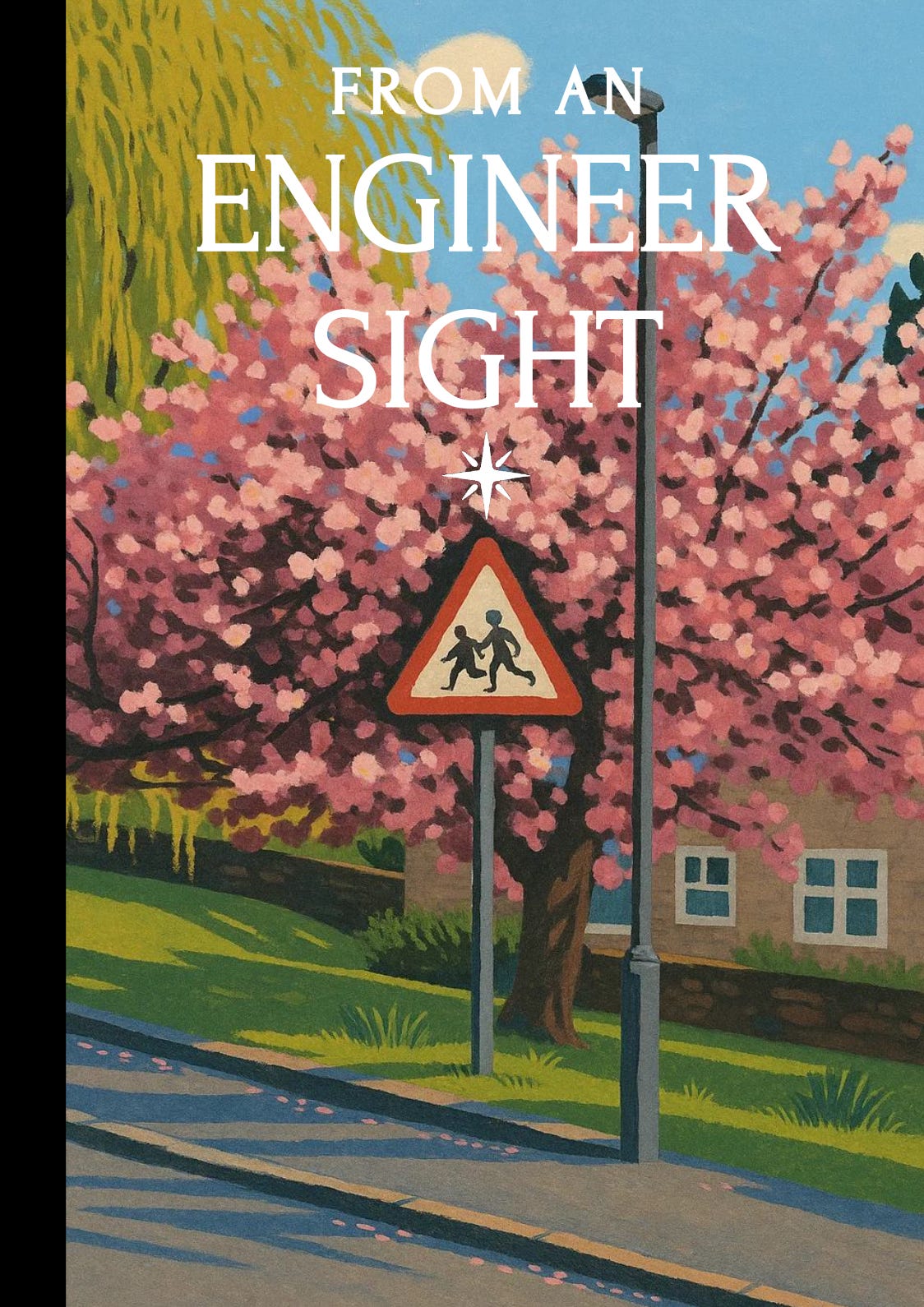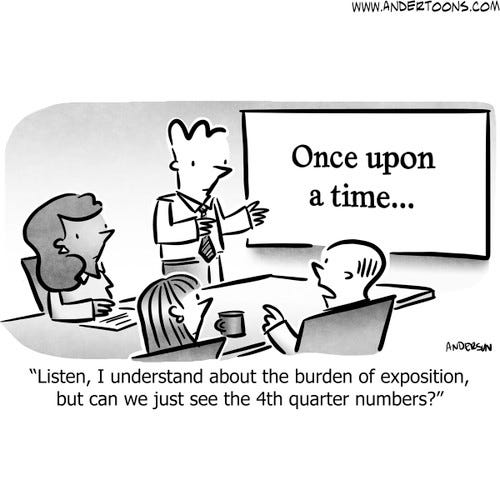Issue 48 - Tupperware, Hardware, Software
The unbundling phase is already here
Tupperware filled bankruptcy in 20241. It stemmed not from inferior products but failure to reinvent distribution for digital-native consumers accustomed to Amazon Prime and social media influencers.
According to its bankruptcy filing, consumers now prefer making purchases in stores or online, and only a small share buy via the direct-selling model. Still, in 2023 some 90% of Tupperware’s sales were from direct sales.
At work, I recently ran a pre-sales call with a prospect. This one went really well. It was actually better than a year ago. Mainly because I digested my learning, but also read and thought about the sales motion lately.
When I pull the thread further, my engineer mindset always falls back to what makes sales easy: good distribution.
This resonates a lot with Sam Altman's call: "Most careers turn into a sales job when you get senior enough"2
Today, we are on the verge of a new distribution system for software. The home-cooked software and barefoot developers is getting serious. Like when online stores change the answers to the questions of how and where we buy goods, I can expect the same questions on software to have a totally different answer than in the current timeframe.
How do you buy software?
Where do you buy?
Do you still buy software?
There’s no reason to design software at an industrial scale. People don’t want to use a thousand to-do apps or a million messaging tools. We have car factories because cars are expensive to manufacture by hand; we have shirt factories because people want a million shirts. Neither of those is true for software (anymore).
Though we can see recent acquisitions as a great bundling in the higher market, it seems we're entering an unbundling phase in the consumer and developer markets.
And like any unbundling phase, we might need to use some glue.
📡 Expected Contents
The total derivative of a metric tree
Graph theory always enlightens me. Was boring when I was in engineering school, is now a great modeling approach most of the time.
Max comes here with a mathematical application of Metric Tree: computing the total derivative of a metric tree
I like the idea that a metric tree is essentially just a function. You can think of it as a multivariate function that takes a set of inputs and returns a single output. There may be intermediate outputs, depending on the metric’s complexity. The metric tree is just a way to visualize the function’s structure.
Any well-defined function can be differentiated – i.e. provided it is continuously differentiable. In particular, the total derivative gives us a way to understand the change in the output with respect to each input. It is a linear approximation of the function at a given point.
Go read that one: it's not that complex and it's short.
Zip Bomb Protection
Protecting a website from malicious attacks, or lately LLM crawling, is now a complete industry.
There are proxies, load balancers, log analyzers, and other smart techniques. There is a simple dummy one:
A zip bomb is a relatively small compressed file that can expand into a very large file that can overwhelm a machine.
I'd rather read the prompt
Revolving around AI prompts and the value of it. Very nice post.
Please show me your prompts.
The resulting output has less substance than the prompt and lacks any human vision in its creation. The whole point of making creative work is to share one’s own experience - if there’s no experience to share, why bother? If it’s not worth writing, it’s not worth reading.
The Fairytale Structure
Strategic planning using the fairytale structure?
It’s going to look like this:
Objectives: What are we trying to get / what happens if we don’t?
Obstacles: What stands in our way?
Actions: How do we overcome the obstacles while advancing our objectives?
Measures: How will we know we’ve been successful?
Not Doing: What important things have we chosen not to do, so that we can achieve the above?
Great framework using humanity’s collective unconscious to guide strategic problem-analysis, and plans that everyone understands.
📰 The Blog Post
No blog post this month; things have been busy. If you are curious to know what I've been doing at work, the biggest writing piece of the month on my side is the Kestra 0.23 Release Blog Post.
Yet, I've fresh ideas on the back burner. Have to sit and write.
🎨 Beyond The Bracket
All the parts of human anatomy that don't have clear evolutionary advantages or seem actively unhelpful and poorly designed – Source: Quirks of Human Anatomy (Held 2009)
As I opt out of Twitter and Instagram, my dopamine shots from the internet are coming from two sources: Substack and YouTube.
On the latter, I regularly watch content from startup founders... And it questions my ambition to create a company.
In one of these videos, one founder says that having a baby is the most complex and challenging project of life.
And I kinda agree. Even if I don't have a child yet, I can feel in myself that it will be the most exciting project of my life. Likely, the most challenging too.
And so I'm thinking about it. Instead of founding a startup, I'm probed to focus on founding a family. Two different businesses, but is it?
Out of this wondering, I remembered again the great Maggie Appleton, and her post on growing a human
This post is a masterpiece for at least two things:
If you are a man like me, you should read it. Point.
It's an entire journey explained, with the highs and lows. See it like an Andress Horowitz manifesto not about startup, but about pregnancy.
If you hadn’t guessed already, I’m not a woman of faith. At least not in the sense of temples or Allah or throwing blessed-by-Christ-holy-water on people. I don’t have a weekly standing appointment to reflect on my place in the universe and bow down before higher-order beings. But I do carry around a strong sense of reverence and awe for higher-order forces; the unreasonable effectiveness of evolution, the tectonic plates floating about on molten mantle sculpting our earth, the symbiotic relationship between clownfish and sea anemones, the fact trees warn each other of dangers via chemical signals and send reinforcements, the mystery of consciousness, and whatever the fuck is going on with black holes. These things all give me Carl Sagan’s energy marvelling at the pale blue dot.
Mid-year already; it's getting fast lately. My four-week trip to the US is in less than one month. Excited to be there. Excited to be in the plain summer.
I've been exploring several things lately:
board games: I'm reconnecting with a joy from my childhood. Been playing Ticket to Ride (it's more complex than it seems), Jaipur, and looking for this Fleet, the dice game
printing newspaper: I'm about to get 24+ hours in planes this summer, so I'm printing a special edition of this newsletter for myself 😅 Lately explored how to print a newspaper at home (tired of reading the internet on a screen...)
vibe coding a project management tool: mainly a mix of Sunsama (the tool I'm using currently) and Basecamp tailored to my exact needs. You can have a look at the MVP here3.
vibe coding boring analysis: the natural brother of Boring Data from Julien for data analysis specific. Mainly a CLI for rendering pre-made analysis and charts with Malloy
Need 48h in a day to get these done, so not moving forward that much, but it's here and I keep iterating, so...
See you in a bit, I might skip one edition during summer, we will see :)

https://www.reuters.com/graphics/TUPPERWARE-BANKRUPTCY/lgvdjnejkvo/
I'm getting an important confirmation bias here, cause my sales colleague is a former engineer.






